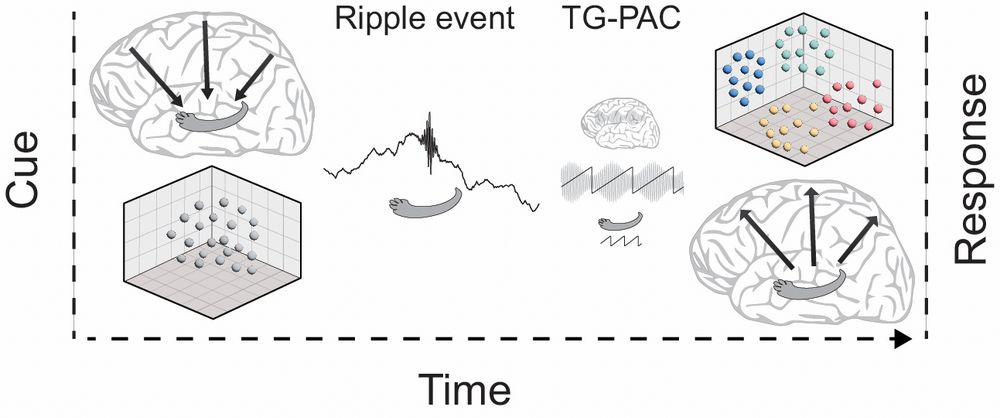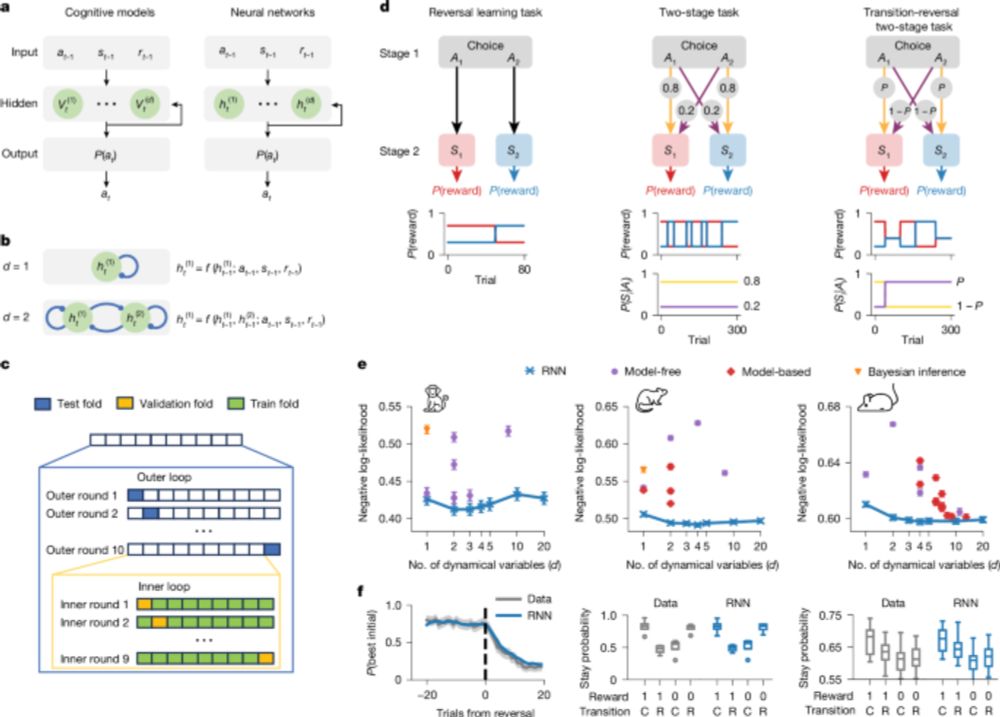@ckerren.bsky.social
210 followers
220 following
34 posts
Postdoc Max Planck Institute for Human Cognitive and Brain Sciences.
Posts
Media
Videos
Starter Packs
Pinned
Reposted
Reposted
Reposted
Reposted
Reposted
Reposted
Qiaoli Huang
@qiaoli-huang.bsky.social
· Aug 26

Efficient coding in working memory is adapted to the structure of the environment
Working memory (WM) relies on efficient coding strategies to overcome its limited capacity, yet how the brain adaptively organizes WM representations to maximize coding efficiency based on environment...
www.biorxiv.org
ckerren.bsky.social
@ckerren.bsky.social
· Aug 25
Matthias Nau
@matthiasnau.bsky.social
· Aug 25

Neural and behavioral reinstatement jointly reflect retrieval of narrative events - Nature Communications
When people recall a movie, their eye movements and brain activity resemble those observed during the viewing. These behavioral and neural reactivations are linked through a common process, likely ref...
doi.org
Reposted
Reposted
Zhenglong Zhou
@neurozz.bsky.social
· Jul 16

A gradient of complementary learning systems emerges through meta-learning
Long-term learning and memory in the primate brain rely on a series of hierarchically organized subsystems extending from early sensory neocortical areas to the hippocampus. The components differ in t...
bit.ly
Reposted
Marta Silva
@martamasilva.bsky.social
· Jul 1
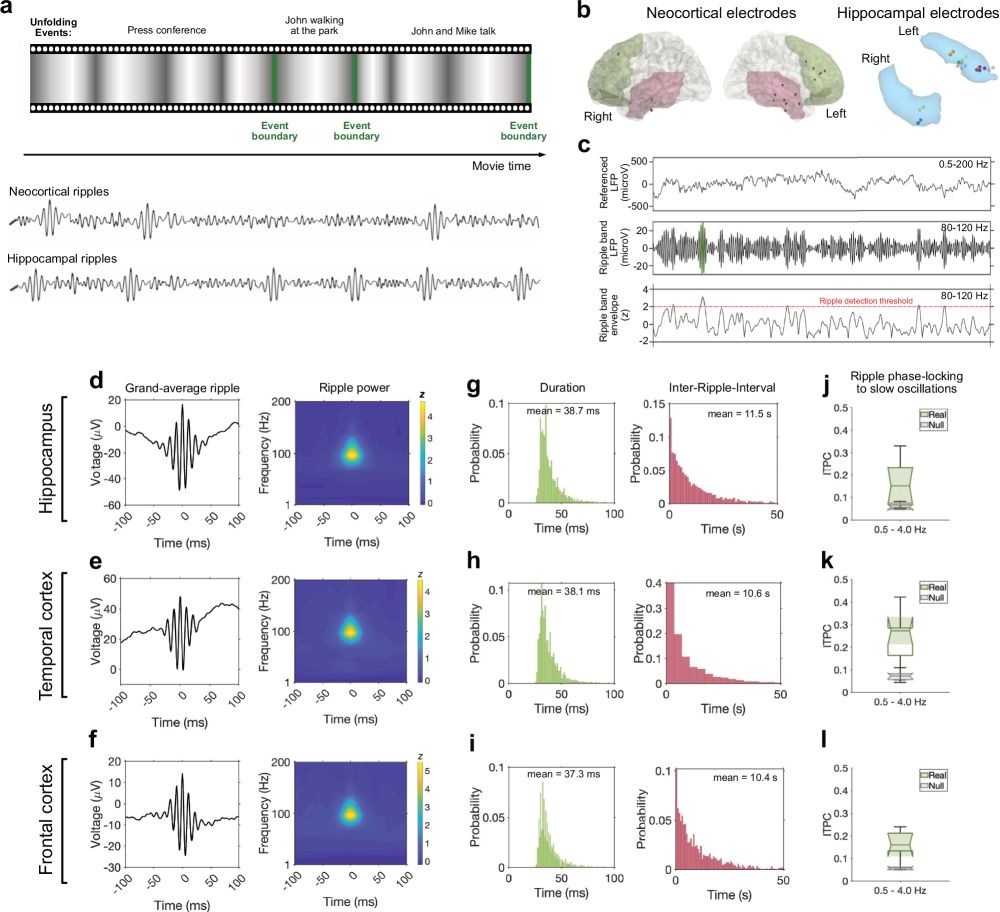
Movie-watching evokes ripple-like activity within events and at event boundaries
Nature Communications - The neural processes involved in memory formation for realistic experiences remain poorly understood. Here, the authors found that ripple-like activity in the human...
rdcu.be
Reposted
Marit Petzka
@maritpetzka.bsky.social
· Jun 27
Nico Schuck
@nicoschuck.bsky.social
· Jun 26
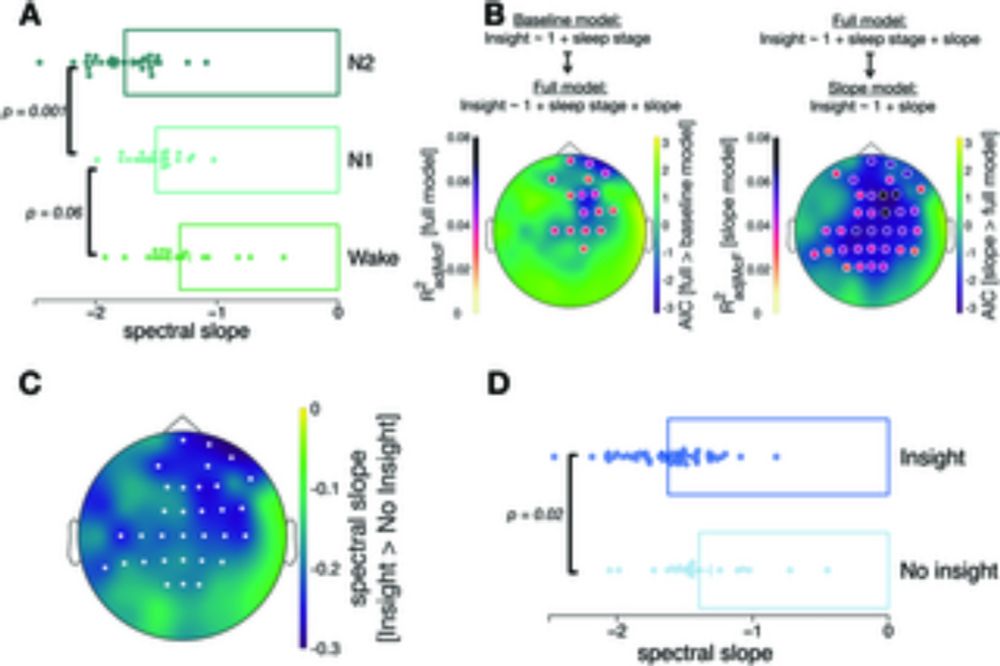
N2 sleep promotes the occurrence of ‘aha’ moments in a perceptual insight task
Sleep supports memory consolidation, but can it also facilitate memory reorganization? This study reveals that N2 sleep, but not N1 sleep during a nap, increases the likelihood of having an 'aha' mome...
dx.plos.org
Reposted
Janis Keck
@keckjanis.bsky.social
· Jun 25

Impact of symmetry in local learning rules on predictive neural representations and generalization in spatial navigation
Author summary The hippocampus is a brain region which plays a crucial role in spatial navigation for both animals and humans. Contemporarily, it’s thought to store predictive representations of the e...
doi.org
Reposted
Reposted
Shrey Dixit
@shreydixit.bsky.social
· Jun 25
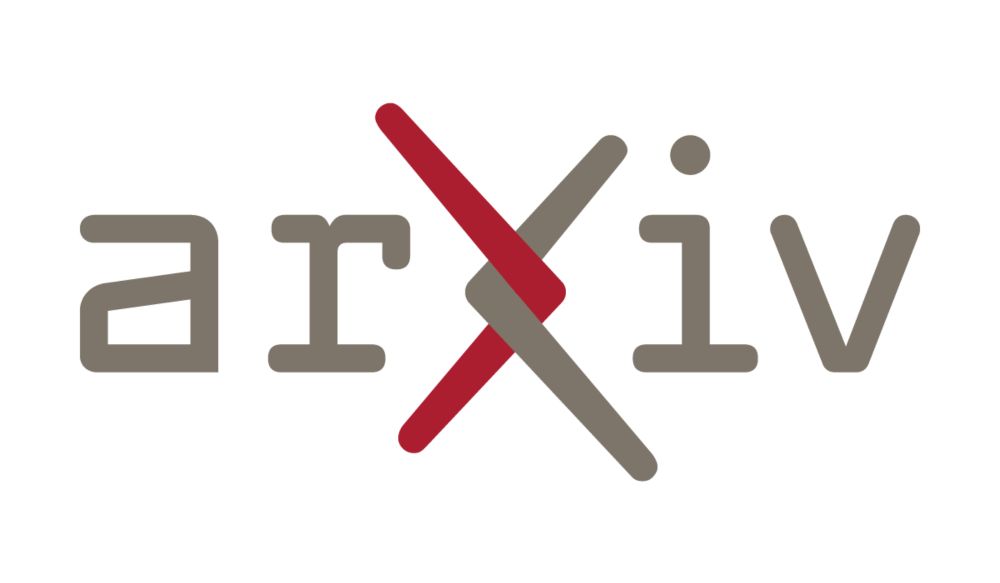
Who Does What in Deep Learning? Multidimensional Game-Theoretic Attribution of Function of Neural Units
Neural networks now generate text, images, and speech with billions of parameters, producing a need to know how each neural unit contributes to these high-dimensional outputs. Existing explainable-AI ...
arxiv.org
Reposted
Martin Hebart
@martinhebart.bsky.social
· Jun 23

Dimensions underlying the representational alignment of deep neural networks with humans - Nature Machine Intelligence
An interpretability framework that compares how humans and deep neural networks process images has been presented. Their findings reveal that, unlike humans, deep neural networks focus more on visual ...
www.nature.com
